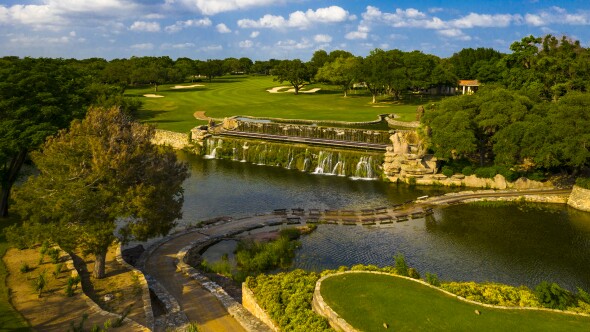Cedars on Bergstrom Golf Course

This golf course is closed for business. Not true? Let us know.
Looking for other options nearby?
About
Editor's Note: Course closed for business.
When Bergstrom Air Force Base was shut down in 1993, the property was sold to the city of Austin, who subsequently went about renovating the 1960s Ralph Plummer design in conjunction with the new Austin airport.
The course isn’t overly difficult, making it the perfect municipal track with its wide-open fairways and lack of hazards (only one water hazard). The new design plays 6,576 yards from the blue tees; it features long par 5s and five particularly difficult par 3s. The back nine is longer, and considered the more difficult of the two sides.
The feature hole is No. 12, a 560-yard behemoth that offers one of the better views on the course.
Getting there From I-35 south, take Highway 71 east to the Bergstrom Air Force Base exit. Turn right into the base and ask the guard for directions.
| Tee | Par | Length | Rating | Slope |
|---|---|---|---|---|
| Championship | 72 | 6576 yards | 69.5 | 115 |
| Regular | 72 | 6079 yards | 67.6 | 109 |
| Red (W) | 72 | 5300 yards | 70.5 | 116 |

























